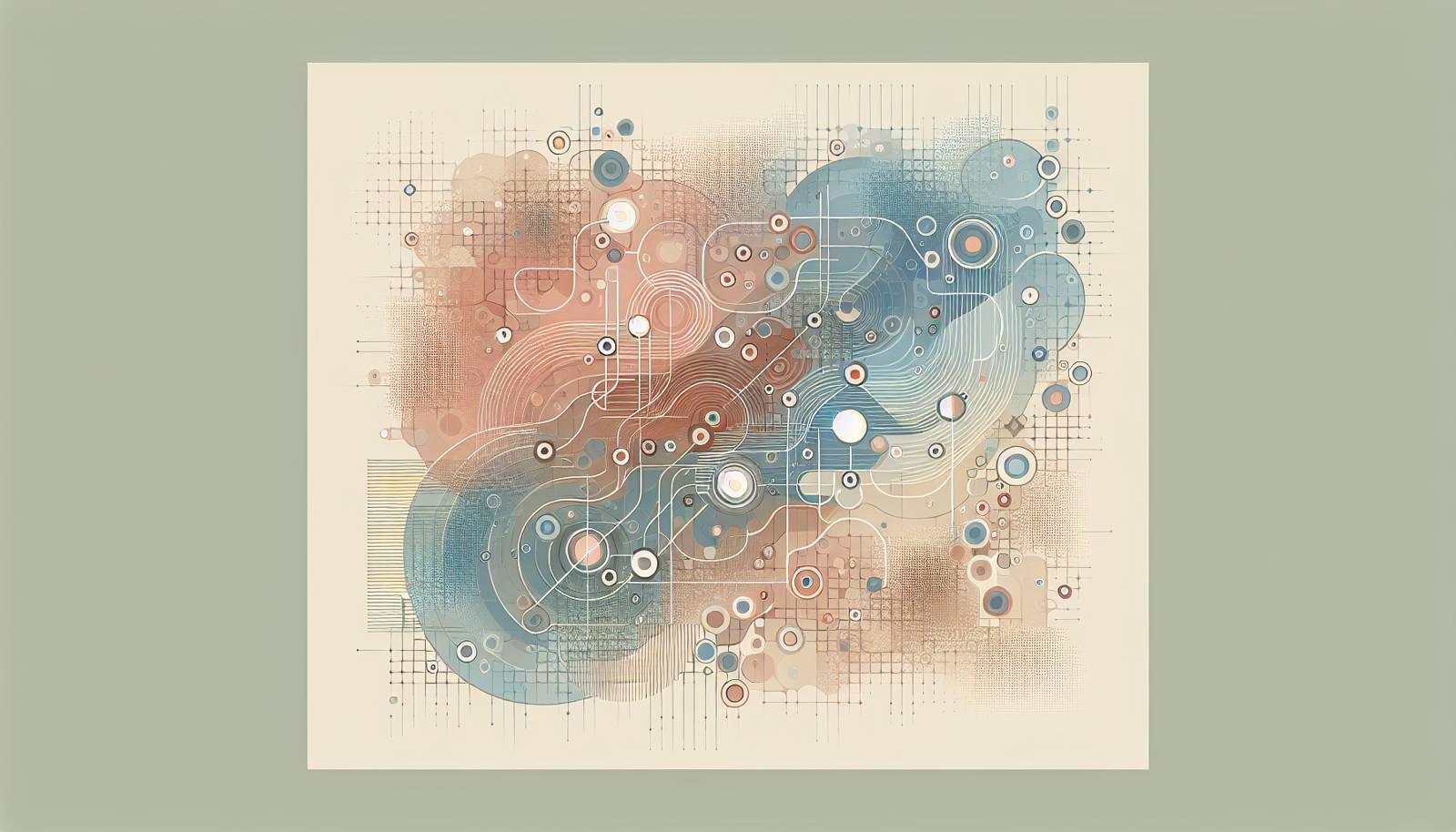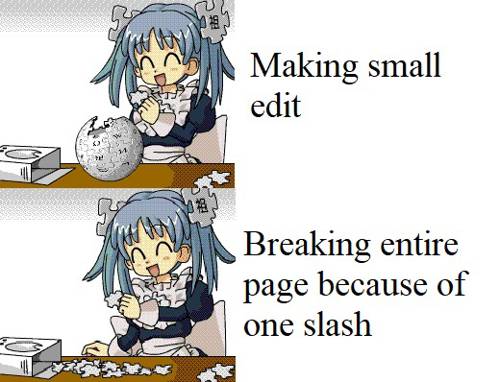
FAQ About The Role of Memes in Digital Culture

What is a meme in the context of digital culture?
In digital culture, a meme is a piece of content, often humorous, that spreads rapidly online through social media platforms, forums, and other digital channels. Memes can take various forms, including images, videos, text, and gifs, and are often altered by users in creative ways to reflect specific ideas or emotions. They serve as a form of cultural shorthand, conveying complex concepts quickly and entertainingly.

How do memes influence communication online?
Memes influence online communication by providing a shared language or set of references that users can employ to express thoughts and emotions succinctly. They often encapsulate cultural and social phenomena, allowing individuals to connect over shared experiences and viewpoints. Memes can also catalyze discussions and spread quickly across different platforms, amplifying messages and trends.

In what ways have memes affected political discourse?
Memes have significantly impacted political discourse by allowing individuals and groups to express political opinions and commentary in an easily digestible and shareable format. They can simplify complex political topics into relatable and engaging content, thus broadening political discussions among diverse audiences. Memes can also shape public opinion and even influence election campaigns as they spread rapidly online.

What role do memes play in shaping collective identity online?
Memes contribute to shaping collective identity online by creating and reinforcing shared values, beliefs, and humorous perspectives among specific communities. By participating in meme culture, individuals can express affiliation with certain groups or ideologies. Memes often reflect the values and concerns of particular communities, helping to solidify a group's identity and cohesion.

How have memes reshaped humor in digital culture?
Memes have reshaped humor in digital culture by popularizing a distinct form of quick, often absurdist humor that relies on visual elements and context. This form of humor is inherently participatory, with users across the globe contributing to and modifying memes in creative ways. It has led to the development of viral trends and inside jokes that spread rapidly, pushing the boundaries of how humor is traditionally understood.

What is the lifespan of a meme?
The lifespan of a meme varies significantly, with some memes enduring for years and others fading within days. Factors affecting a meme's longevity include its adaptability, cultural relevance, and the speed at which it spreads. Memes that are easily adaptable to different contexts and that resonate with a broad audience tend to last longer.

Can memes be used for educational purposes?
Yes, memes can be used for educational purposes. They offer an engaging way to present information and can help simplify complex topics by distilling them into more relatable and memorable content. Educators and brands have increasingly used memes to communicate with younger audiences, leveraging their familiarity with digital culture to enhance learning and engagement.

What are some common misconceptions about memes?
A common misconception about memes is that they are solely humorous and lack depth. While many memes are designed to be funny, they can also address serious topics and inspire meaningful discussions. Another misconception is that memes are inherently low-quality content, whereas effective memes often require wit, creativity, and a keen understanding of current cultural nuances.

How do memes contribute to viral trends online?
Memes contribute to viral trends by quickly disseminating content across social media platforms, often through user-generated modifications that increase engagement. The participatory nature of meme culture encourages users to adapt and share memes, creating network effects that can propel ideas or trends into the broader consciousness rapidly.

What platforms are most popular for sharing memes?
Popular platforms for sharing memes include social media sites like Instagram, Twitter, and Facebook, as well as image-based forums like Reddit and 4chan. These platforms facilitate rapid sharing and engagement, allowing memes to spread quickly and reach vast audiences. Meme-centric websites and apps, such as 9GAG and iFunny, also serve as hubs for meme discovery and sharing.

Are there specific rules or etiquette when it comes to sharing memes?
While there are no official rules for sharing memes, there is an unspoken etiquette that exists within meme-sharing communities. One key aspect is providing attribution if the meme is sourced from a specific creator or if it includes original art or design. Additionally, users are generally expected to respect the context or community norms where a meme is shared, avoiding content that could be deemed offensive or inappropriate for that particular audience.

How have memes evolved over time?
Memes have evolved significantly over time, transitioning from simple text-based jokes or images in the early days of the internet to complex, multifaceted forms today. This evolution has been driven by technological advancements, cultural shifts, and greater access to diverse media formats. Contemporary memes often incorporate advanced editing techniques, animation, and references that reflect a deep understanding of internet culture and current events.

What impact do memes have on social trends?
Memes can have a significant impact on social trends by highlighting and amplifying prevailing sentiments, behaviors, and cultural norms. They can initiate or accelerate shifts in public opinion or fashion, bring attention to social issues, and even serve as a form of social commentary. The virality of memes allows them to influence trends rapidly and broadly.

How do brands use memes in marketing strategies?
Brands use memes in marketing strategies to engage audiences in a relatable and entertaining manner. By incorporating memes into promotional content, brands can tap into current cultural trends and communicate with consumers on platforms familiar to them. Successful use of memes by brands often requires a deep understanding of the target audience's humor and cultural references, ensuring that the content resonates and is perceived as authentic.

Can memes be copyrighted?
Memes can be complex in terms of copyright, as they often involve adapted or remixing existing content that might be copyrighted themselves. While the original elements within a meme can be protected by copyright, the process of enforcing these rights is challenging due to the nature of meme creation and sharing. Fair use doctrine might apply in cases where the meme is transformative or parody-based, but each scenario is different and subject to legal interpretation.

What challenges do memes pose to traditional media?
Memes pose several challenges to traditional media, primarily by competing for audience attention and dictating the pace of cultural narratives. Unlike conventional media that is regulated and typically slower to adapt, memes can rapidly alter public discourse through their quick dissemination and engagement. This can challenge media outlets to respond creatively and authentically to maintain relevance in a meme-driven cultural landscape.

How do memes reflect current events and societal issues?
Memes often reflect current events and societal issues by encapsulating key themes, emotions, or reactions related to these topics in a concise and impactful way. They can serve as a form of social commentary, offering critique, support, or humor in response to events as they happen. By spreading rapidly, memes can help define or influence societal narratives and trends.

What makes a meme successful?
A successful meme typically combines relatability, humor, and timeliness. It resonates with a wide audience, often through shared cultural references or experiences. The adaptability of a meme—its ability to be modified or applied to different contexts—also contributes to its success, as does the ease with which users can share and engage with it across platforms.

How do memes enhance digital creativity?
Memes enhance digital creativity by encouraging user-generated content and fostering a culture of remixing and reinterpretation. The meme format allows for experimentation with different media, themes, and styles, enabling creators to explore their ideas humorously and innovatively. This participatory nature of memes stimulates creativity across digital communities, promoting a diverse range of expressions and interactions.

What is the cultural significance of memes?
Memes hold cultural significance as they capture and convey the essence of contemporary digital discourse. They reflect societal trends, collective emotions, and shared values, often influencing and shaping cultural norms and behaviors. Memes serve as both a product and catalyst of our cultural zeitgeist, offering insights into the priorities and concerns of different communities and demographics.
